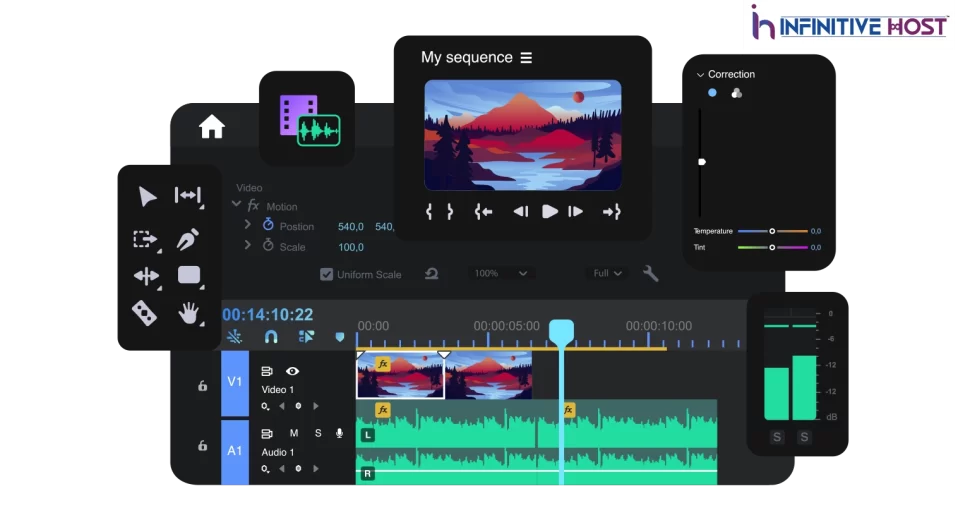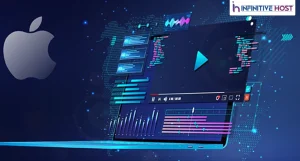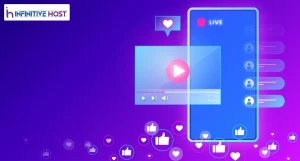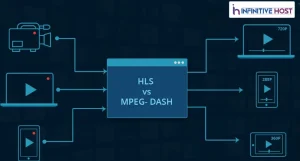What is video encoding? Encoding is, in basic terms, the act of compressing and converting raw video footage to a digital file or format, which makes the video content compatible with multiple devices and platforms. The primary purpose of encoding is to compress data to save space. This is accomplished by the elimination of unnecessary data, often known as a lossy process.
When the content is re-played, it approximates its original form. Obviously, the video that is played back will be inferior to the original version the more content information is removed. Codecs govern the process of video encoding, which will be discussed in this essay.
Need of Video Encoding

There are now two reasons why video encoding is crucial. The first is that it makes it easier to send video over the Internet, particularly for streaming. This is because compression minimizes the necessary bandwidth while maintaining a quality experience. Without compression, raw video material would prevent many users from streaming information over the Internet owing to insufficient connection speeds. The most crucial factor is the video’s bit rate, or the quantity of data per second. For streaming, this will determine whether or not the user can see the material without buffering.
Compatibility is the second purpose of video encoding. In truth, information that has previously been compressed to an acceptable size may still need to be encoded for compatibility, although this process is commonly and more appropriately termed transcoding. Compatibility might pertain to certain services or applications that need particular encoding criteria. It may also involve boosting playback compatibility with audiences. Video codecs, often known as video compression standards, govern the encoding process.
What is a Video Codec ?

Content distributors employ a video compression technology called a codec to decrease a video into a stream able size. Codecs enable us to compress voluminous streams for transport and storage.
Codecs, which are derived from the terms ‘coder-decoder’ or ‘compressor-decompressor,’ apply algorithms to the video and generate a replica of it. Codecs utilize lossy compression while streaming by removing superfluous data. The video is compressed for transmission and storage, then decompressed for viewing.
Streaming necessitates the utilization of audio and visual codecs. The most prevalent video codec is H.264, commonly known as AVC (Advanced Video Coding); the most common audio codec is AAC (Advanced Audio Coding).
However, why is H.264 also known as AVC? How can we make sense of so many perplexing acronyms? Jan Ozer, specialist in streaming codecs, explains:
“H.264/AVC and H.265/HEVC have two designations since each codec was defined by both the Motion Picture Experts Group and the International Telecommunication Union” (ITU). VVC, or Versatile Video Coding, is H.266 for the same reason.”
For the sake of clarity, I will use both terms when referring to each codec throughout the subsections of this article.
What is the most effective audio codec ?
Similar to film, different audio codecs excel at certain tasks. Lossy codecs AAC (Advanced Audio Coding) and MP3 (MPEG-1 Audio Layer 3) are well-known among audio and video fans. Due to the fact that they are lossy, these formats discard audio-related information in order to conserve storage space. The purpose of this compression is to achieve a balance in which adequate space is conserved without significantly degrading the audio quality.
Both of these audio coding techniques have existed for some time. MP3 was introduced in 1993, creating waves for its ability to reduce the size of an audio file by 10 percent compared to uncompressed standards at the time, while AAC was introduced in 1997.
As a more recent format, it should come as no surprise that AAC is more effective at reducing audio quality. Even the developers of the MP3 format, the Fraunhofer Institute for Integrated Circuits, have proclaimed AAC to be the “de facto standard for music downloads and movies on mobile phones” Although the announcement occurred neatly after several of their MP3 patents had expired (and also led to a bizarre number of stories claiming MP3 was now dead, an unlikely outcome from this.
AAC offers higher compression and is hence the preferred option for streaming video content of the two formats, although MP3 has a far longer history of device compatibility. Not only that, but a significant amount of mobile video distribution depends on the audio being AAC. IBM’s video streaming and enterprise video streaming products are an illustration of this, however the audio may be transcoded to match these requirements if necessary.
Now, AAC and MP3 are not the only digital audio formats available. There are also further lossy and lossless examples, like WMA (Windows Media Audio) and APAC (Apple Lossless Audio Codec). FLAC (Free Lossless Audio Codec), one of these codecs, is lossless. This indicates that the original audio data can be recreated flawlessly from the compressed data. While the audio track is less than WAV (Waveform Audio File Format), an uncompressed format, it still requires significantly more data than lossy formats such as AAC and MP3. Consequently, while loseless compression is widespread on physical media such as Blu-rays, it is less frequent for streaming, where file size is more significant.
Conclusion
Consider having best video streaming server on your side if you need exceptional performance with the newest video encoding and processing technologies for broadcast and OTT. You may establish additional channels, broadcast live sports with minimum latency, and transmit UHD HDR content in its purest form. Designed with innovation and adaptability in mind, our collection of video streaming platforms and services provide 24/7 immersive watching experiences to your clients.









